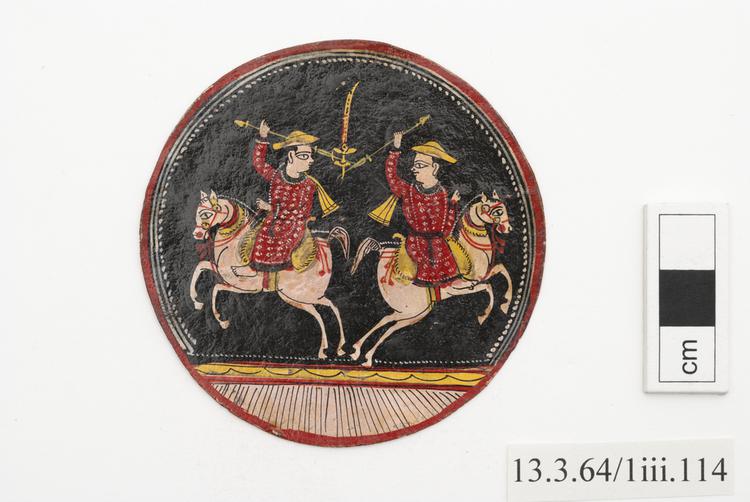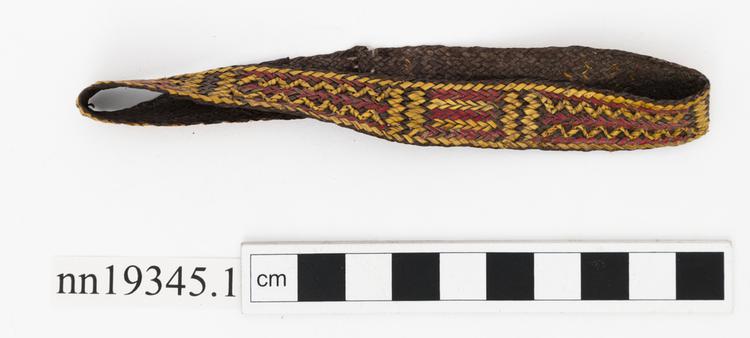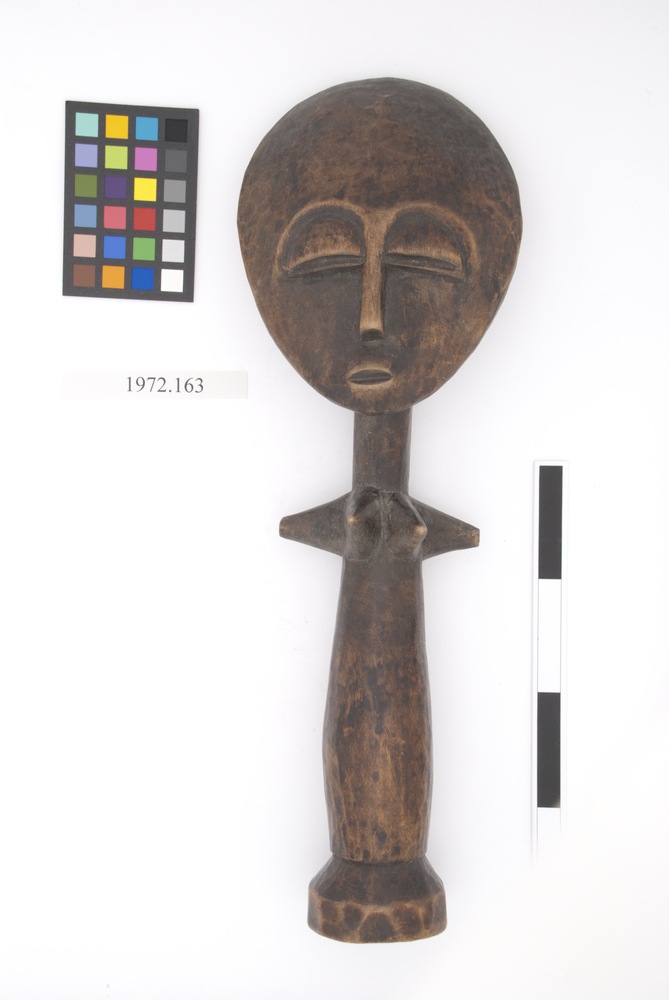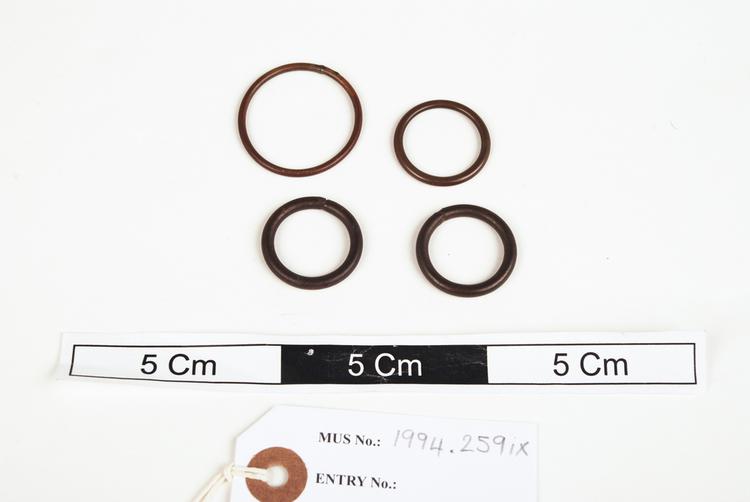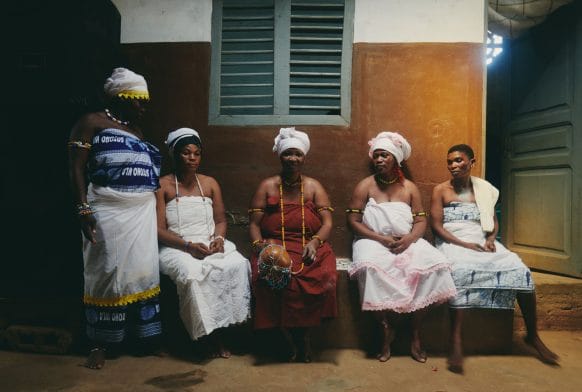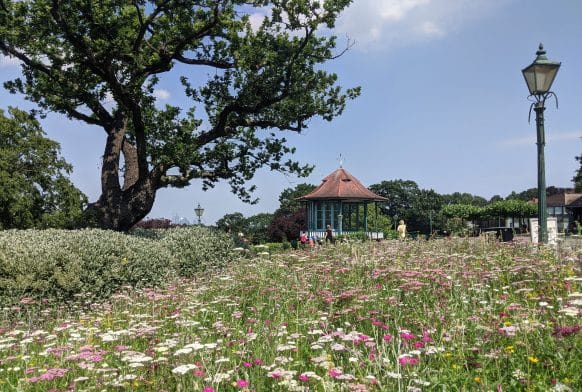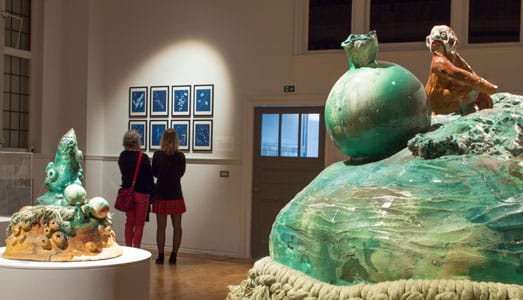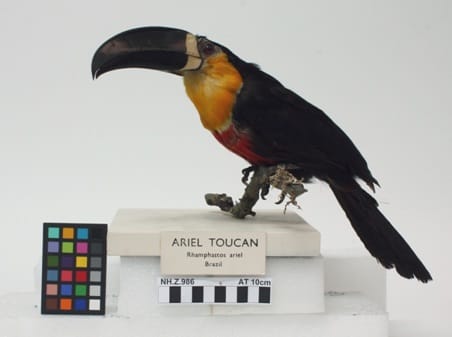Arrow with bamboo shaft and carved wooden head bound at join with vegetable fibre.
War Arrow, Dani People, Eastern Highlands, West Papua This finely made golden arrow from the Baliem Valley in the upland interior of West Papua reflects the importance of warriorship in Dani ideas about manhood. Although anthropologists are still debating its exact significance, Dani warfare presents a fascinating case of what some have called ‘ritualised’ or ‘sporting’ warfare. If men from one particular Dani clan have hot blood, or a grievance to settle with the men of another clan, they will send a message to their enemy inviting them to battle. If the enemy decline (perhaps they have too much work to do in their gardens, perhaps it looks like rain later that day) no battle takes place; if they accept, a battlefield is agreed, and several hundred men gather at the site in good spirits. The two armies line up to face each other across the field, and men hurl insults at each other, which warriors from both sides seem to enjoy equally. Arrows are fired or spears thrown almost playfully, and men amuse themselves by dodging in front of the enemy archers. As the day wears on, individual men begin to take proceedings more seriously, and step forward to name an opponent to fight, occasionally to the death. Out of several hundred, perhaps a dozen men will die throughout the day, and many such deaths will be almost accidental misadventures. Importantly, if the number of deaths is higher on one side than the other, fighting will continue until they balance out. If rain begins to fall, or lunchtime comes around, the battle is postponed. If the rain really sets in, however, everyone goes home early, content. It may seem strange to wage real warfare, in which people really die, in such a light-hearted way, but some anthropologists have argued that there are good reasons for the Dani to fight their battles in this way. The terrain of the middle Baliem valley is a very boggy upland plateau, and so large open pieces of ground with solid footing are almost non-existent; men cannot charge or retreat quickly in large numbers, or outflank their enemy, and so this Dani style of warfare has developed to settle grievances without descending into large-scale massacre. Wood, bamboo. Late 20th Century. Collected by Miss Rose Marshall in the 1960s and donated by her to the Horniman Museum in 1974.
fighting



